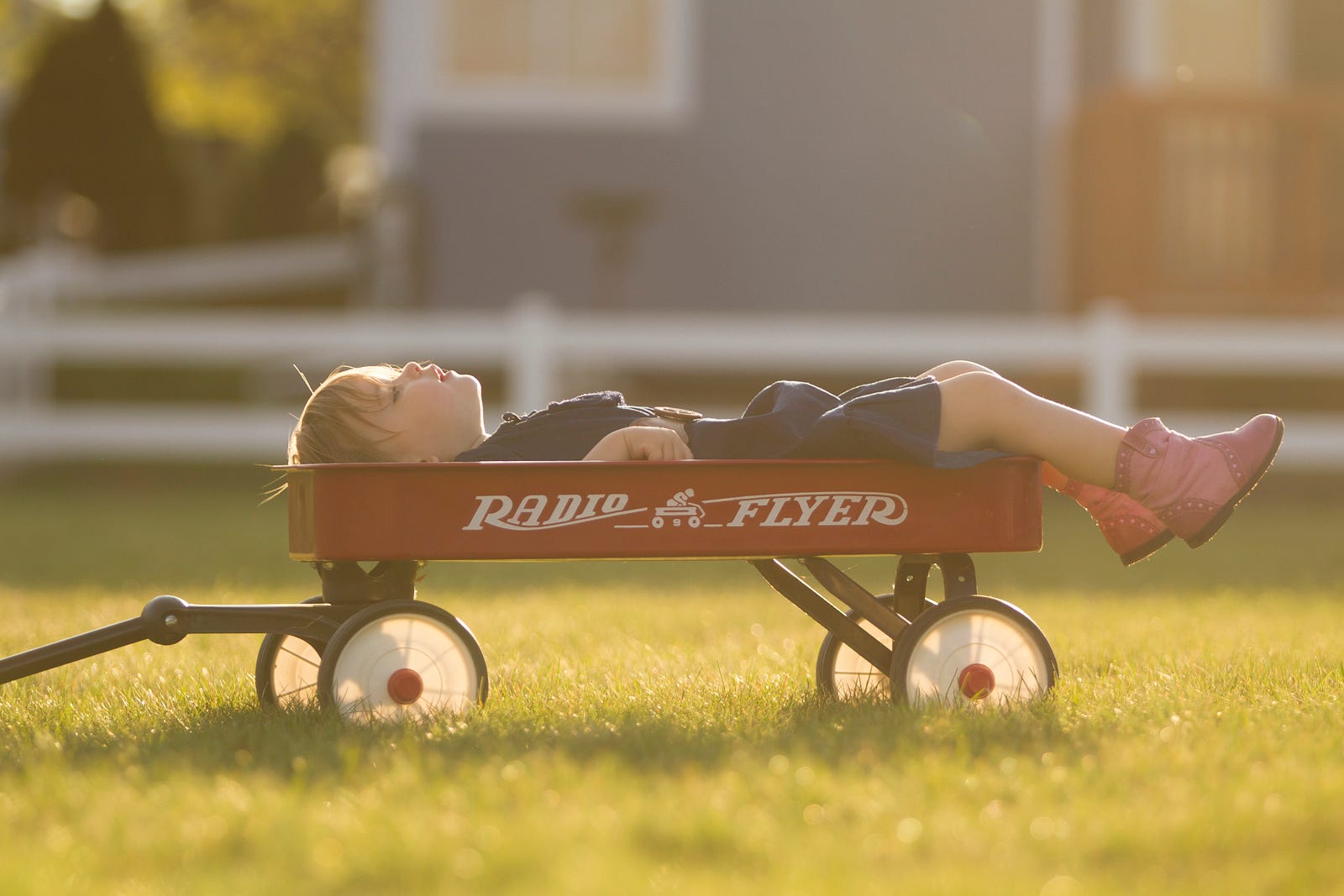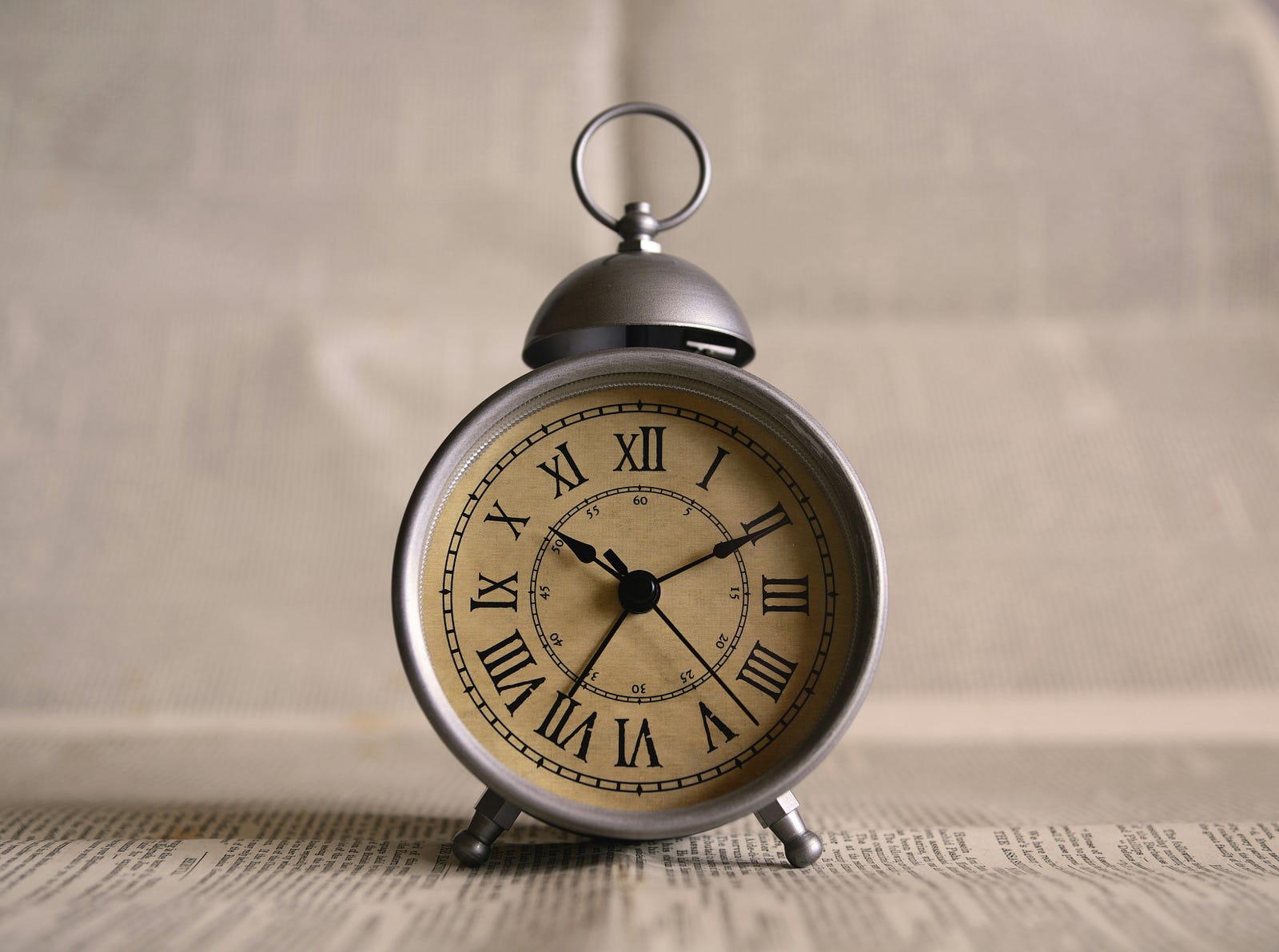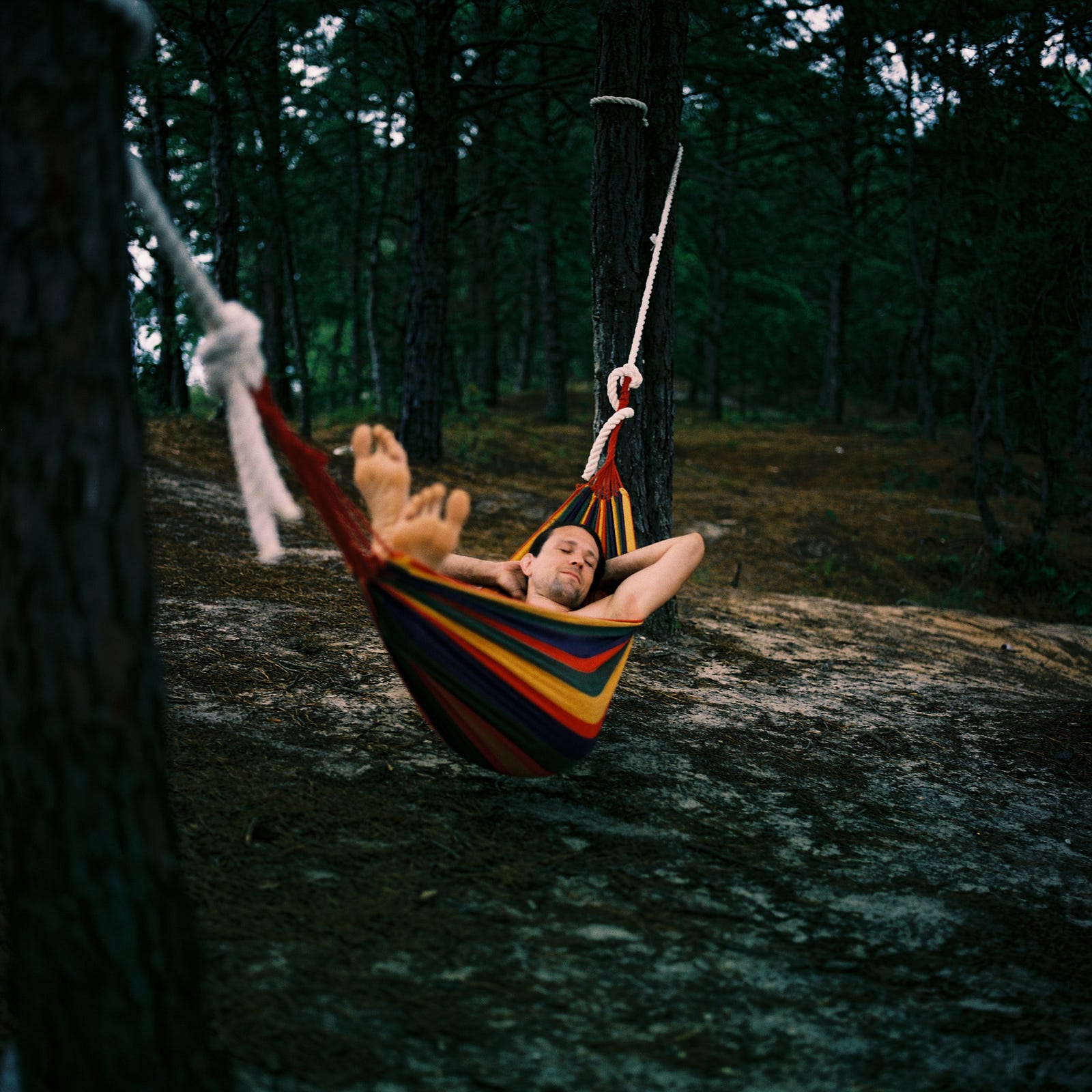I USE AFTERNOON NAPS TO RECHARGE and prepare for the rest of the day. Today’s topic is how to snooze smart and elevate your nap game.
First, I want to introduce some historical figures who took naps. Then, we’ll pivot to ways you can optimize your midday sleep time.
“With a languid hand he brushed away the cobwebs of his siesta…”
― Gabriel García Márquez, Of Love and Other Demons
Famous Nap Takers
Humans have a long history of napping. Here are a few examples:
- Aristotle (384 BC-322 BC), the influential Greek philosopher, may be one of the most influential naptakers ever. But did you know that he believed in hypnogogic napping? He used naps to induce inspiration.
- Leonardo da Vinci (1452–1519), the inventor and painter of the Mona Lisa, kept a challenging sleep schedule. He slept only two hours each night and took a 15-minute power nap every four hours.

- Salvador Dali (1904–1989). This Catalan artist believed that one of the pivotal points to his becoming a great painter was “slumber with a key.” This description means an afternoon nap that lasts no longer than one second.
Here are Dali’s five steps for taking the ultimate nap, as elucidated in his 1948 book Salvador Dali: 50 Secrets of Magic Craftsmanship:
- Sleep sitting upright in an armchair.
- Hold a heavy metal key in your hand.
- Place a metal plate upside down underneath the hand holding the key.
- Allow yourself to drift to sleep. Once this happens, you will drop the keys, which will hit the plate and make a huge CLANG!
- Wake up and congratulate yourself on achieving a micro-nap.
To Dali, these micro-naps revivified an artist’s whole physical and psychic being. Waking up in the first stage of sleep taps into the brain region that creates sensation and vivid imagery.
- Albert Einstein (1879–1955). Einstein said he needed 10 hours of sleep at night (plus daytime naps). Einstein did micro-napping in a way similar to Dali; the scientist never allowed himself to drift into the second stage of sleep.
Snooze Smart and Elevate Your Nap Game
Do I need the hour-long naps of my grandparents?
No. Even a 20-minute power nap can mitigate the afternoon dip in my circadian rhythm.
Power naps are short, taking advantage of our sleep cycles. We generally move through different sleep phases. Some of these cycles are light, and some are deep. A full sleep cycle spans about 90 minutes.

On the other hand, longer naps can produce sleep inertia. Do you ever nap for a few hours, only to experience drowsiness after awakening?
Go through a whole sleep cycle, and you will be more likely to have sleep inertia.
What is the Optimal Nap Length?
What do you think is the optimal nap length to improve job performance?
- A. 14 minutes
- B. 26 minutes
- C. 39 minutes
- D. 60 minutes
If you guessed 26 minutes, you are spot on!
The U.S. space agency NASA discovered that pilots who slept in the cockpit for 26 minutes had improvements in alertness of up to 54 percent.
Job performance improved by one-third (34 percent) compared to non-napping pilots.
Elevate Your Nap Game: Timing is Important
The longer we nap, the more likely we will feel groggy when we wake up. But what is the best time of day to get some zzz’s?
I typically aim for 20 to 30 minutes of shut-eye. I am overjoyed that I hit the 26-minute number this afternoon with a timer. I felt sharper after awakening and am writing this piece.

Napping between 1 and 3 p.m. fits best with my body’s natural rhythm.
My practice aligns with the Sleep Foundation’s recommendation.
For most people, the best time to take a nap is either just before or during the post-lunch dip. The post-lunch dip is the period of decreased alertness and productivity often experienced after a midday meal.
A brief snooze around 12:30 or around 2 p.m. may reduce afternoon sleepiness.
Sleeping too late in the day can make it challenging to fall asleep at night. I nap earlier in the afternoon to avoid interfering with nighttime sleep.
Don’t Forget Your Alarm (and the Environment)
To optimize your chances of getting a good nap, create a calm sleep environment. Here are my go-to activities:
- I grab a cozy blanket.
- I find a quiet, cool, and dark place to rest. I usually do not need an eye mask.
I always set an alarm clock before I steal some afternoon zzz’s. When the alarm rings, I do not hit snooze, as I would risk going into deeper sleep. It is tempting, though.
I set my alarm for 30 minutes, hoping to take only four minutes to drift to sleep.
Upon awakening, I stretch and walk around to shake off residual sleepiness.
Why I Nap
Now that I have shared how I nap, you might wonder why I periodically do so.
First, I use naps if I am groggy from a suboptimal night of sleep. But even when I am not sleep-deprived, I sometimes take a power nap to recharge.
Power naps help me improve:
- Alertness
- Concentration
- Focus
- Mood
- Short-term memory.

Uncommonly, I sleep for an hour or an hour and a half. Snoozing for this time helps me make up some of my sleep deficit.
Longer naps help boost my creativity and memory.
Elevate Your Nap Game, But Don’t Rely on Naps
Are you chronically sleep-deprived? It would be best not to rely on power naps to solve your sleep deficit problem.
If you suffer chronically from insufficient sleep (or a medical problem such as sleep apnea), power naps are not a cure-all.
Please see your primary healthcare provider to manage the underlying problem.
Do you nap? If so, what is your preferred length?
Thank you for reading “Elevate Your Nap Game.”




